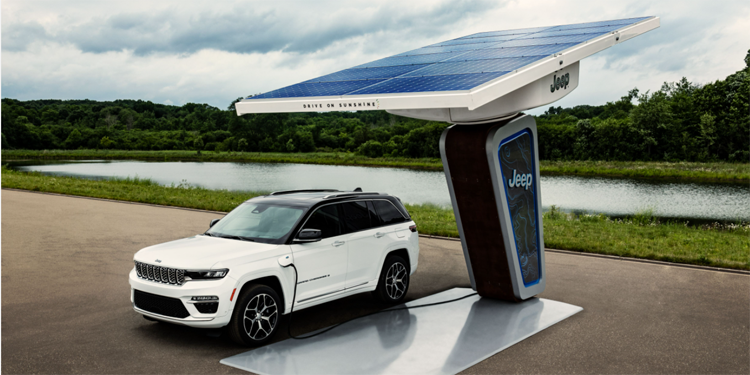With electrification on the very forefront of the automotive industry right now, the latest player to make a major announcement on the subject was Stellantis, carefully laying out a comprehensive vision on a sweeping new, greener strategy during this morning’s virtual EV Day 2021 event.
“The purpose of today’s session is to demonstrate to you that Stellantis is now in full execution mode at full speed on its electrification journey. Five months after its birth, powered by our diversity of people and brands, Stellantis accelerates to lead the way the world moves,” says CEO Carlos Tavares during the presentation.
“A deeply vertically integrated strategy that increases our activity against the previous business model. Four battery-electric-vehicle-focus, state of the art, brand new platforms that carry the best of our engineering expertise. Platforms that want to compete and they raise the bar in terms of performance.”
These four platforms are designed to be flexible in size and feature component sharing to help deliver economies of scale, each capable of supporting production of up to two million units per year, and are broken down as follows:
- STLA Small, with a range up to 300 miles (500 kilometers)
- STLA Medium, with a range up to 440 miles (700 kilometers)
- STLA Large, with a range up to 500 miles (800 kilometers)
- STLA Frame, with a range up to 500 miles (800 kilometers)
Propelling the above will be a trio of equally versatile electric drive modules, combining the motor, gearbox and inverter, configurable for front, rear or all-wheel drive. To provide the power needed, Stellantis has plans to both utilize external supply contracts and establish five “gigafactories,” the latter set up to not only produce conventional batteries but explore nickel cobalt-free and solid state technology alternatives as well.
Speaking of tech, it’s no surprise how computerized modern day automobiles — and particularly EVs — are. To that end, Tavares says a separate software division is in the works, tailored toward the uniqueness of the 14 individual nameplates, in order to reduce lead time, create new in-house businesses and significantly extend vehicle lifecycles via over-the-air updates.
On the charging side of things, the company is looking to leverage existing partnerships to expand current charging options and develop a network of fast chargers first across the European market, then North America.
Stellantis is targeting over 70 and 40 per cent of sales in Europe and the U.S., respectively, to be LEVs (low-emission vehicles) by 2030. To to meet the lofty goal an investment of a whopping €30 billion is expected over the next five years specifically for electrification initiatives, a number made possible thanks to the automaker’s extensive portfolio ranging from Chrysler to Maserati.
The commercial sector won’t be left out, either: by embracing synergies, e-commercial products will start rolling out within the next three years, including a hydrogen fuel cell medium van in later 2021.
“At Stellantis we love to compete — this transformation period is a wonderful opportunity to reset the clock and start a new race,” says Tavares.



